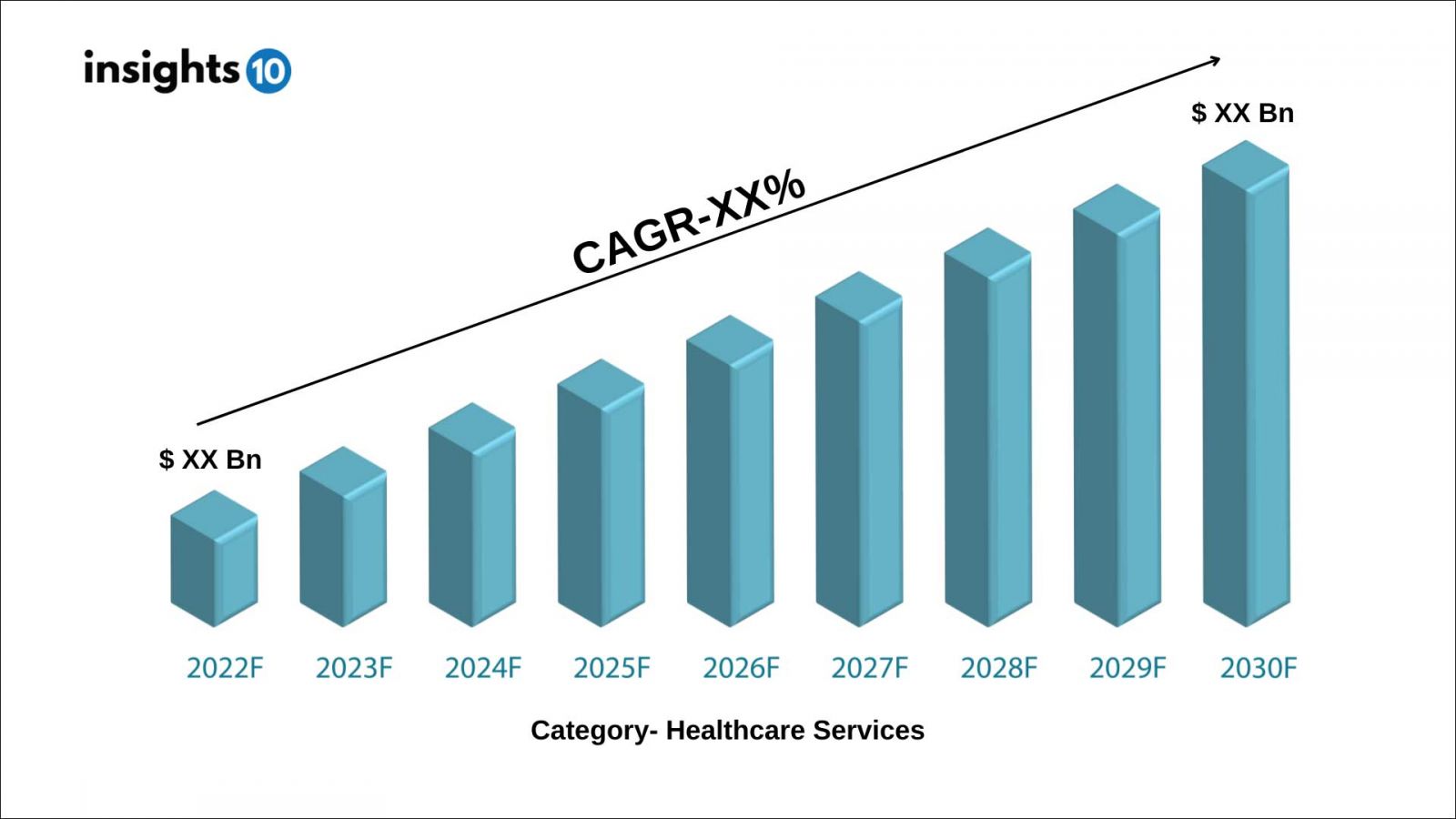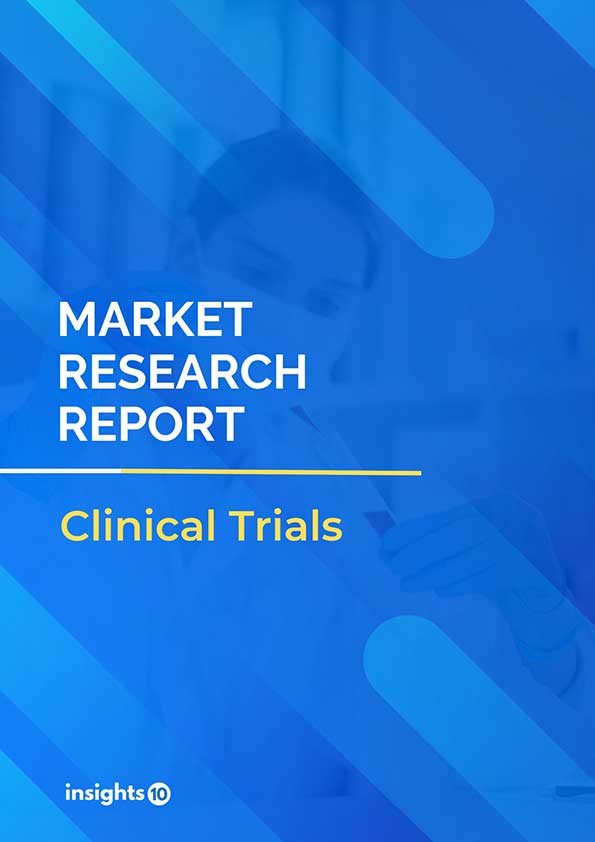Latin America Healthcare Insurance Market Analysis
This report presents a strategic analysis of the Latin America Healthcare Insurance Market and a forecast for its development in the medium and long term. It provides a broad overview of the market dynamics, trends and insights, growth drivers and restraints, segmentation, competitive landscape, healthcare policies and regulatory framework, reimbursement scenario, challenges and future outlook. This is one of the most comprehensive reports about the Latin America Healthcare Insurance Market, offering unmatched value, accuracy and expert insights.
Buy Now

Latin America Healthcare Insurance Market Executive Summary
Any medical costs incurred during the treatment of a sickness, injury, or other mental or physical impairment are covered by health insurance. The provision of healthcare benefits serves as compensation in exchange for a monthly, semi-annual, or annual premium or payroll tax. Up until the policy's coverage and duration, the insurer is required to pay the policyholder's medical costs. The range may differ depending on the insurance for a number of things, including diseases, age groups, governmental laws, and others.
Market Size and Key Findings
The Latin America Healthcare Insurance market size is at around US $ xx Bn in 2021 and is projected to reach US $ xx Bn in 2030, exhibiting a CAGR of xx% during the forecast period.
Latin America Healthcare Insurance Market Size (In USD Bn)
(2021-2030F)

Market Dynamics
Market Growth Drivers Analysis
Diabetes, cancer, and dengue fever were among the illnesses that saw an increase in cases during the COVID-19 pandemic. This is believed to have profoundly influenced the expansion of the world health insurance market. Better claim administration services and raising health insurance knowledge in rural areas are two other major market growth factors.
Market Restraints
However, some of the reasons that restrict the health insurance market opportunity include a lack of awareness of the coverages included in health insurance policies and an increase in the cost of health insurance premiums.
Competitive Landscape
Key Players
The key players operating in the health insurance market such as Aetna Inc., AIA Group Limited, Allianz, ASSICURAZIONI GENERALI S.P.A., Aviva, AXA, Cigna, Ping An Insurance (Group), Ltd., United Health Group, and Zurich. These players have adopted various strategies to increase their market penetration and strengthen their position in the health insurance industry.
1. Executive Summary
1.1 Service Overview
1.2 Global Scenario
1.3 Country Overview
1.4 Healthcare Scenario in Country
1.5 Healthcare Services Market in Country
1.6 Recent Developments in the Country
2. Market Size and Forecasting
2.1 Market Size (With Excel and Methodology)
2.2 Market Segmentation (Check all Segments in Segmentation Section)
3. Market Dynamics
3.1 Market Drivers
3.2 Market Restraints
4. Competitive Landscape
4.1 Major Market Share
4.2 Key Company Profile (Check all Companies in the Summary Section)
4.2.1 Company
4.2.1.1 Overview
4.2.1.2 Product Applications and Services
4.2.1.3 Recent Developments
4.2.1.4 Partnerships Ecosystem
4.2.1.5 Financials (Based on Availability)
5. Reimbursement Scenario
5.1 Reimbursement Regulation
5.2 Reimbursement Process for Services
5.3 Reimbursement Process for Treatment
6. Methodology and Scope
Healthcare Insurance Market Segmentation
By Provider (Revenue, USD Billion):
It mainly includes healthcare insurance that provides safety against the increasing cost of medical treatments and in case of health emergencies such as critical illnesses. Hence, it is the best way to safeguard medical expenses.
- Public
- Private
By Coverage Type (Revenue, USD Billion):
In terms of sales and market share, it is anticipated to rule the market over the projection period. This is explained by a number of benefits provided by life insurance, including guaranteed death payout and permanent coverage. Additionally, investing in these kinds of plans enables working professionals to save taxes
- Life Insurance
- Term Insurance
By Health Insurance Plans (Revenue, USD Billion):
- Health Maintenance Organization (HMO)
- Preferred Provider Organization (PPO)
- Exclusive Provider Organization (EPO)
- Point of Service (POS)
- High Deductible Health Plan (HDHP)
By Demographics (Revenue, USD Billion):
- Minors
- Adults
- Seniors
There is a high prevalence of lifestyle disease in the adult population that can increase health risks in the future. The population is more prone to cardiac and other diseases that require hospitalization. Healthcare insurance plans for seniors are more of a necessity, especially in the case of retirement. Also, it carries various advantages such as no medical screening before buying plans, includes coverage of the outpatient department, and provides the benefit of fee annual checkups along with lifetime renewability.
By End-user (Revenue, USD Billion):
- Individuals
- ?Corporates
A large number of people buy individual health plans as they are also customizable. Also, it gives more control over deductibles, co-pays, and benefits limits and is not dependent on employment status.
Methodology for Database Creation
Our database offers a comprehensive list of healthcare centers, meticulously curated to provide detailed information on a wide range of specialties and services. It includes top-tier hospitals, clinics, and diagnostic facilities across 30 countries and 24 specialties, ensuring users can find the healthcare services they need.
Additionally, we provide a comprehensive list of Key Opinion Leaders (KOLs) based on your requirements. Our curated list captures various crucial aspects of the KOLs, offering more than just general information. Whether you're looking to boost brand awareness, drive engagement, or launch a new product, our extensive list of KOLs ensures you have the right experts by your side. Covering 30 countries and 36 specialties, our database guarantees access to the best KOLs in the healthcare industry, supporting strategic decisions and enhancing your initiatives.
How Do We Get It?
Our database is created and maintained through a combination of secondary and primary research methodologies.
1. Secondary Research
With many years of experience in the healthcare field, we have our own rich proprietary data from various past projects. This historical data serves as the foundation for our database. Our continuous process of gathering data involves:
- Analyzing historical proprietary data collected from multiple projects.
- Regularly updating our existing data sets with new findings and trends.
- Ensuring data consistency and accuracy through rigorous validation processes.
With extensive experience in the field, we have developed a proprietary GenAI-based technology that is uniquely tailored to our organization. This advanced technology enables us to scan a wide array of relevant information sources across the internet. Our data-gathering process includes:
- Searching through academic conferences, published research, citations, and social media platforms
- Collecting and compiling diverse data to build a comprehensive and detailed database
- Continuously updating our database with new information to ensure its relevance and accuracy
2. Primary Research
To complement and validate our secondary data, we engage in primary research through local tie-ups and partnerships. This process involves:
- Collaborating with local healthcare providers, hospitals, and clinics to gather real-time data.
- Conducting surveys, interviews, and field studies to collect fresh data directly from the source.
- Continuously refreshing our database to ensure that the information remains current and reliable.
- Validating secondary data through cross-referencing with primary data to ensure accuracy and relevance.
Combining Secondary and Primary Research
By integrating both secondary and primary research methodologies, we ensure that our database is comprehensive, accurate, and up-to-date. The combined process involves:
- Merging historical data from secondary research with real-time data from primary research.
- Conducting thorough data validation and cleansing to remove inconsistencies and errors.
- Organizing data into a structured format that is easily accessible and usable for various applications.
- Continuously monitoring and updating the database to reflect the latest developments and trends in the healthcare field.
Through this meticulous process, we create a final database tailored to each region and domain within the healthcare industry. This approach ensures that our clients receive reliable and relevant data, empowering them to make informed decisions and drive innovation in their respective fields.
To request a free sample copy of this report, please complete the form below.
We value your inquiry and offer free customization with every report to fulfil your exact research needs.









































